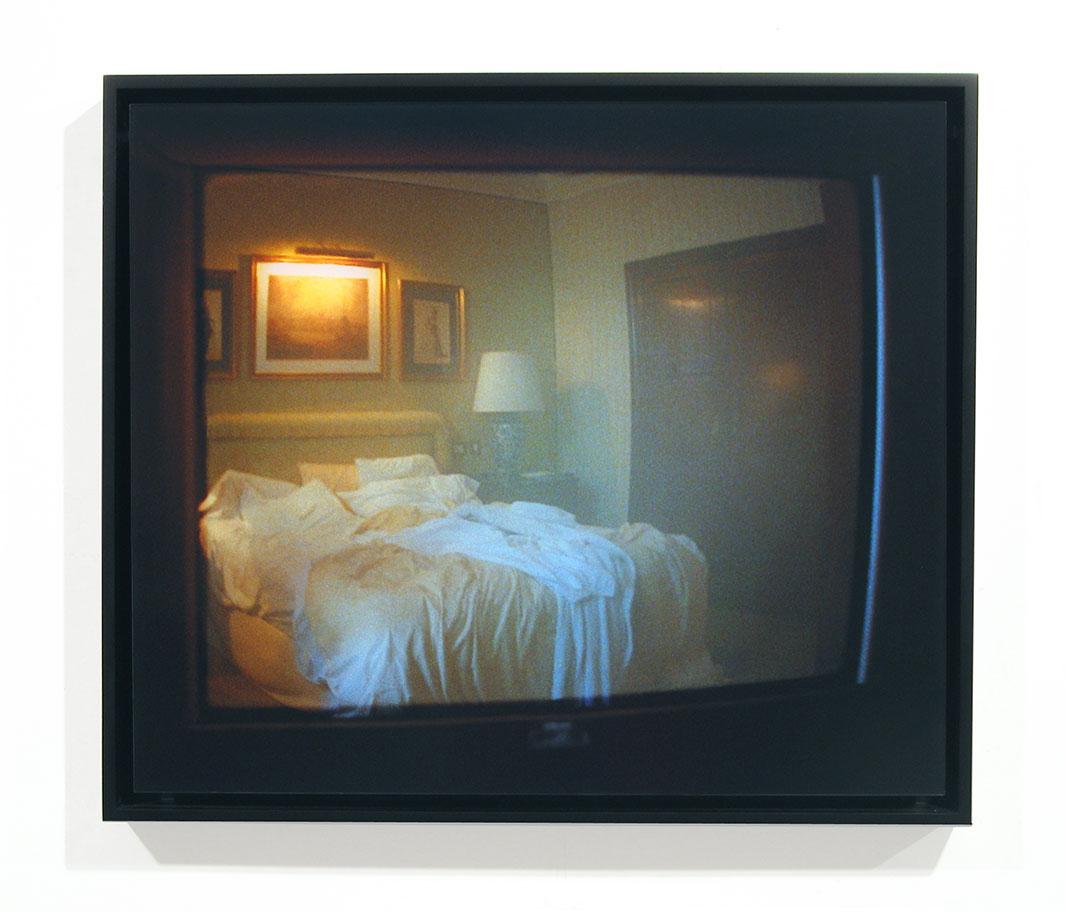As Joy Episalla traveled around the world, she stayed in a number of hotels and crashed in rooms belonging to friends and family. She documented those visits through a single photograph of their television sets that became part of the appropriately titled “TV Series.” For Episalla, the photographs represent a kind of portal that enables the viewer to catch a glimpse of her fleeting presence in those spaces.
“That seemed to me to be the most interesting, that the room has been used now by me, but also because places that you stay, thousands of other people have stayed there, too. You come in and it’s fresh and all you make it your own,” she said. “It’s about the relationship of public to private. When you turn on the TV, you bring the public into the private, but here it’s the opposite: I bring the private into the public, allowing my own content to appear on the blank screen.”
Episalla began the project in 1998 in Naples and continued taking the photographs as she traveled the world. She said all of the images in the series represent the “parting shot” when she would exit the space for good. She said she only takes one shot and that whatever is reflected in the TV from wherever she is standing becomes the image.
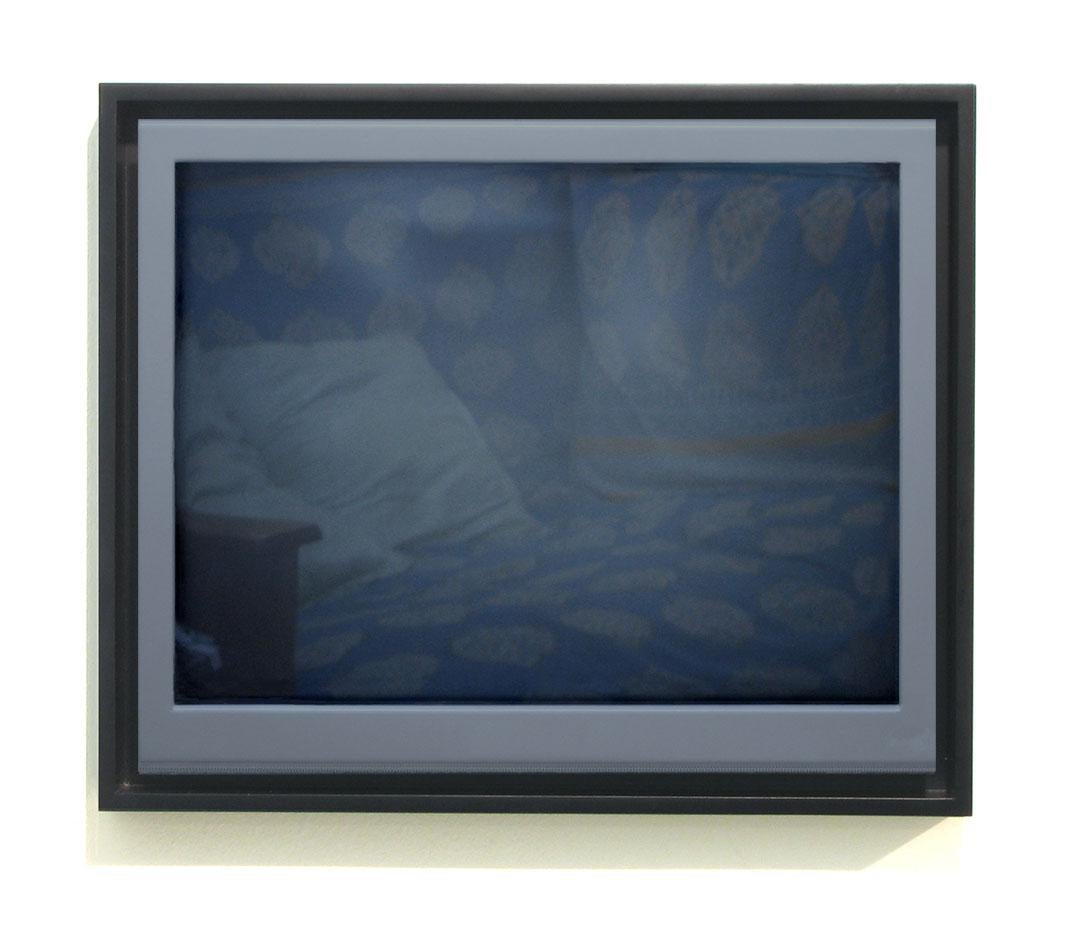
Joy Episalla
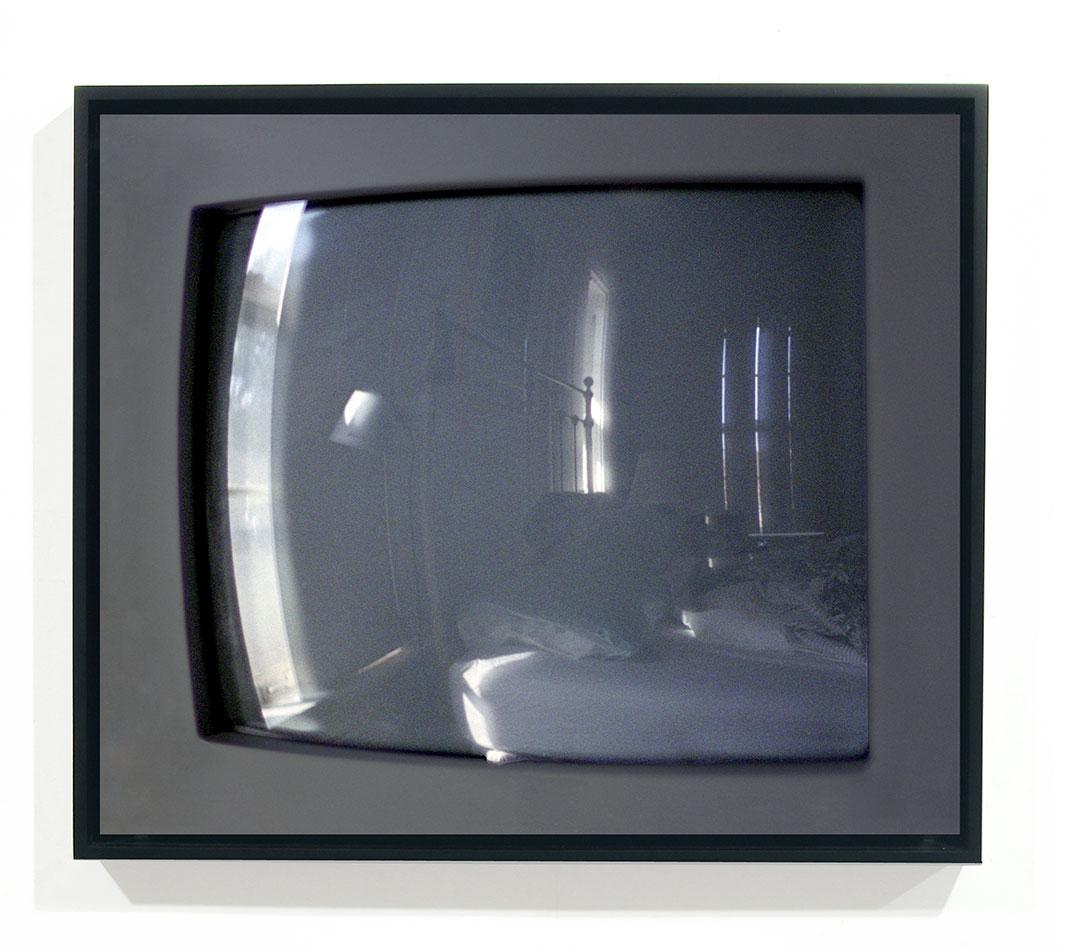
Joy Episalla
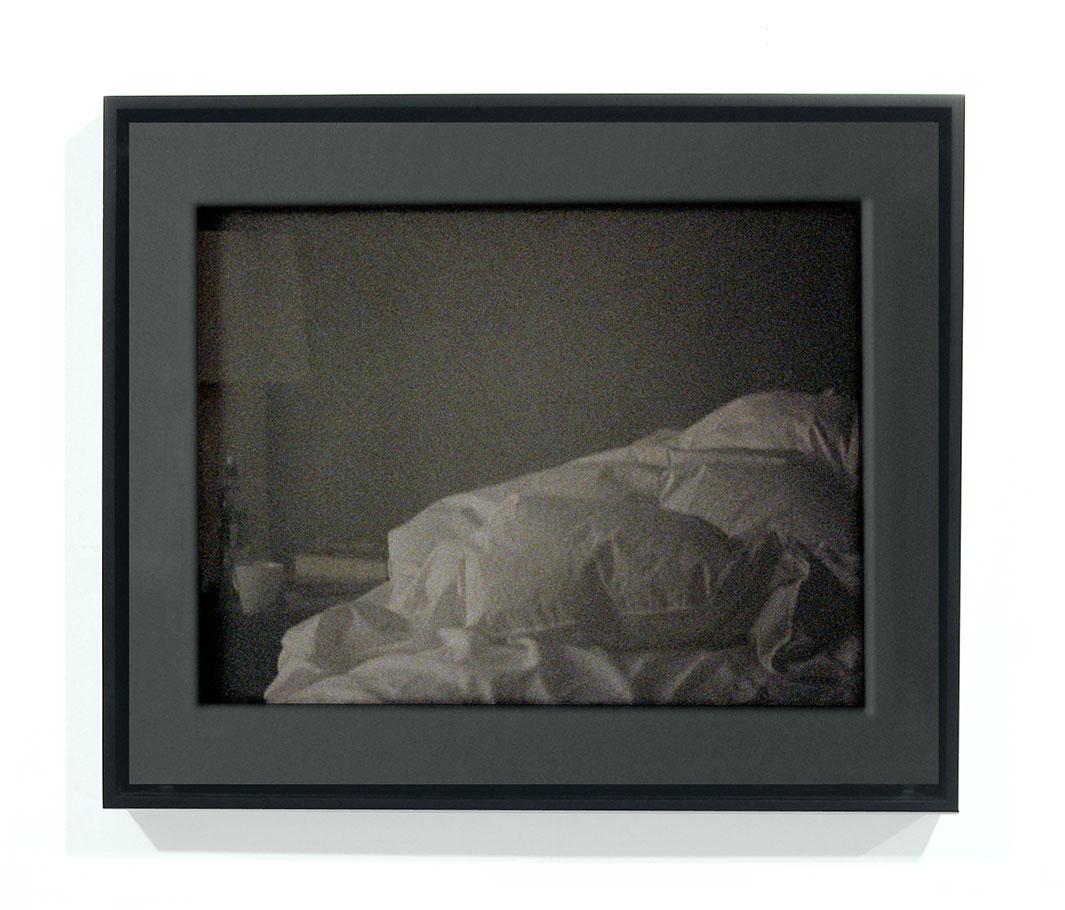
Joy Episalla
Although Episalla began the work using film photography and consistently took the images, she didn’t begin to print them until 2005 when she discovered the benefits of using Photoshop. That allowed her to crop out the backgrounds within the shot, leaving only the parameter of the television screen and what was reflected within them.
“Photoshop is another kind of camera for me,” she said. “I knew I loved these photos, and I knew there was something there, but it was through Photoshop that I was able to finally realize them.”
The work also represents the shift in technology that saw television sets become flat and film photography shift from analog to digital. When shooting film, Episalla prefers a faster speed, either in color or black and white but says shooting digital is fine, too. Both formats allow her to develop one aspect of “TV Sets” she finds appealing: how they shift in appearance the closer you look at them.
“For me, there’s a material, filmic aspect I am interested in,” she said. “How things fall apart into particles …from a distance everything looks whole, and then as you get closer to it, it starts to fall apart into its grain…that’s all about an essence.”.”
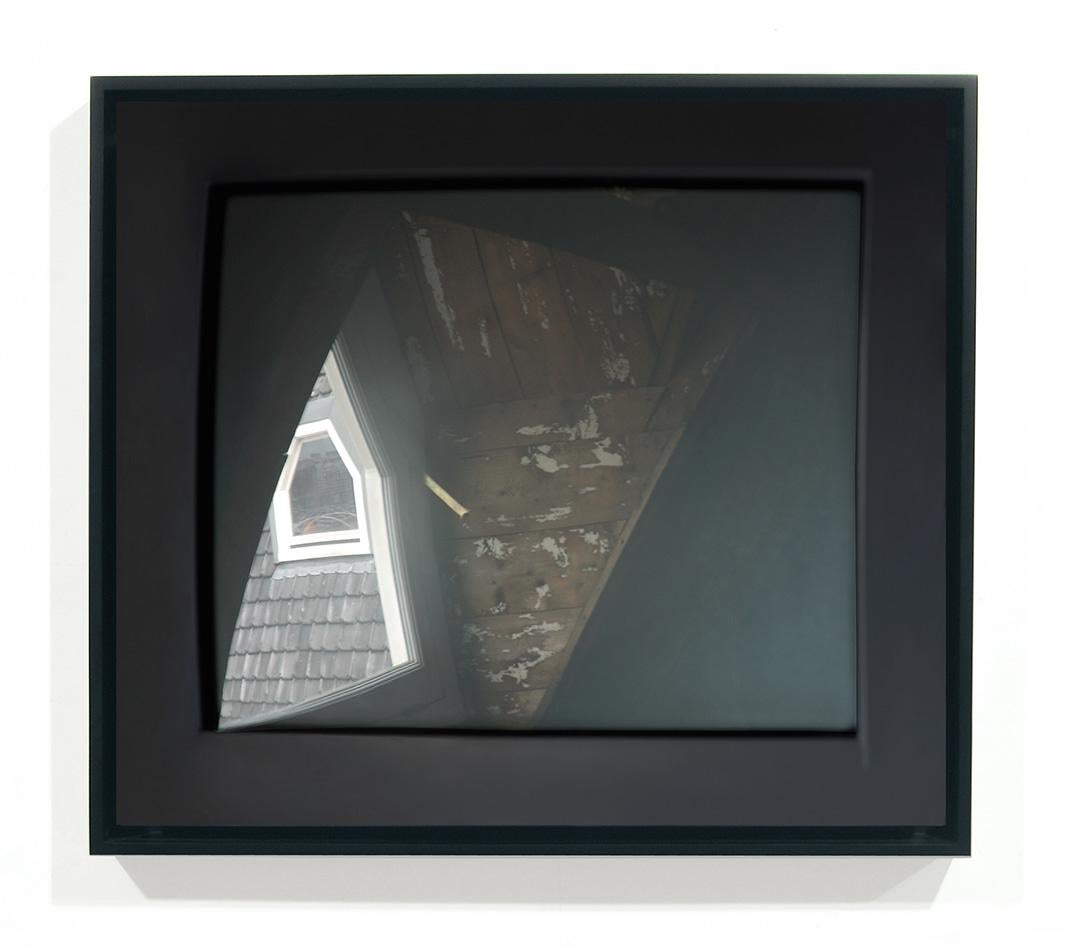
Joy Episalla
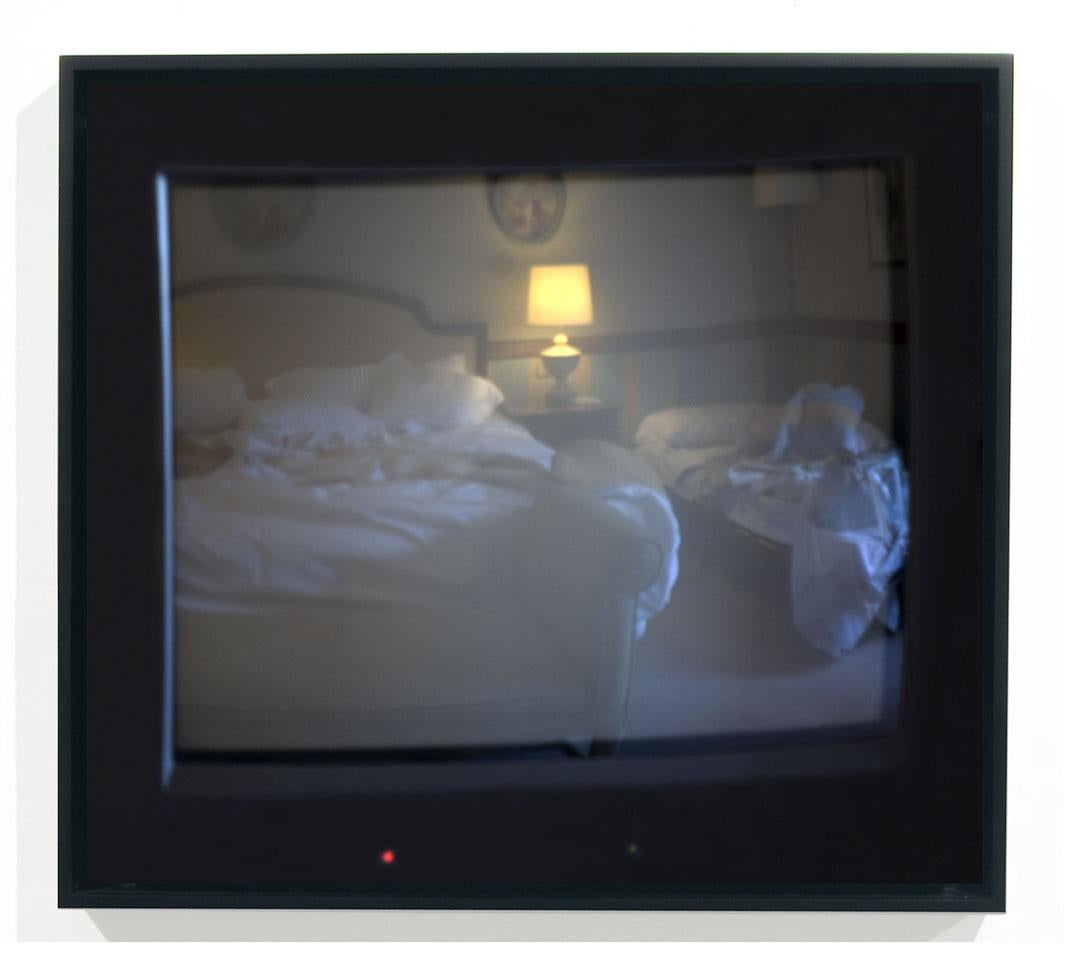
Joy Episalla
The images sometimes morph into surveillance images; other times they offer up clues to their locations, or even details of Episalla’s life, including her influence from painters such as Johannes Vermeer.
She gives each work a title but says that it doesn’t really matter—what fascinates her is the moment “between absence and presence and where people leave their trace” and trying to find a way to celebrate the “mundane” things and moments we all share.
“We live in mundane moments, all the time…that’s where we spend most of our time,” she said. “I’m always thinking of ways to slow people down, to smell the roses a little bit. Here’s a scene going on–you could easily ignore its characteristics and its singularity, missing the moment.”
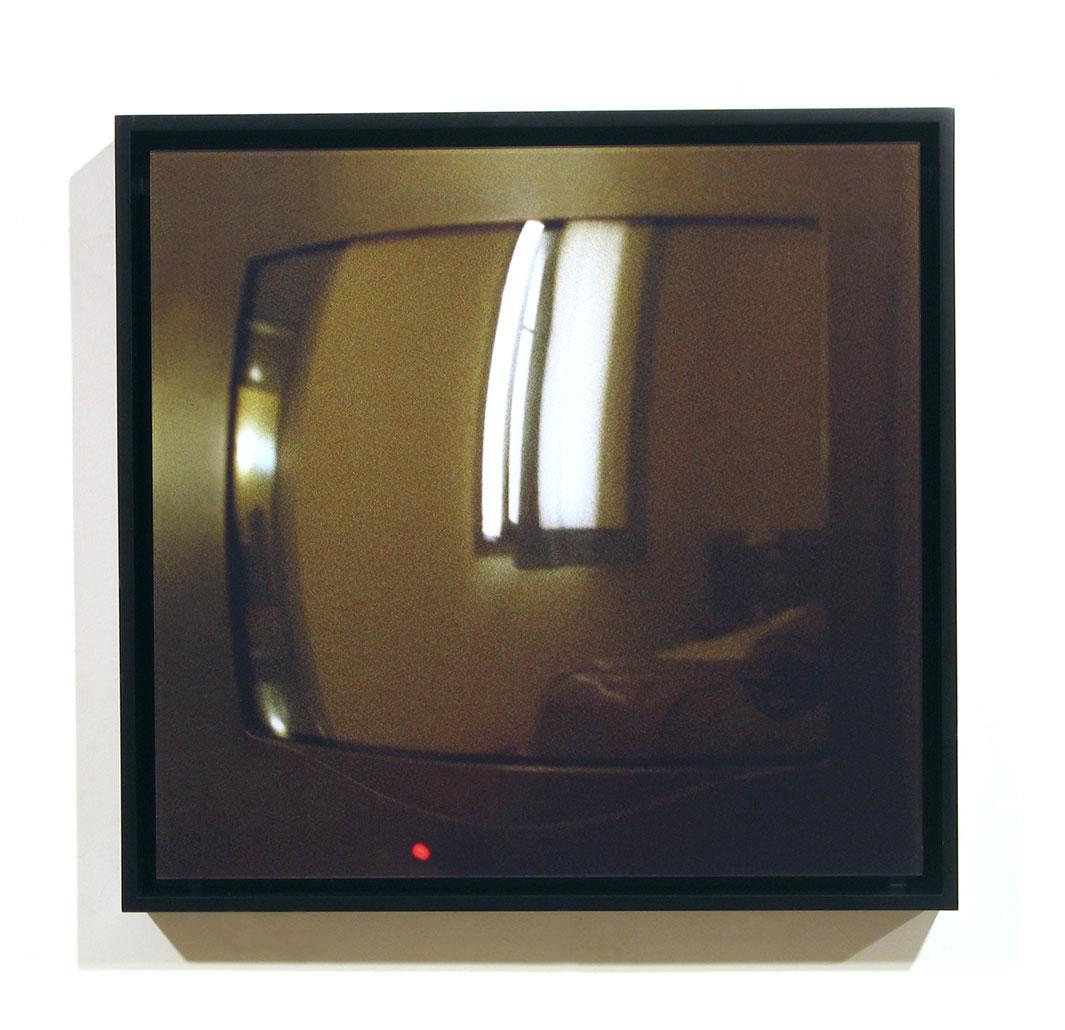
Joy Episalla

Joy Episalla
